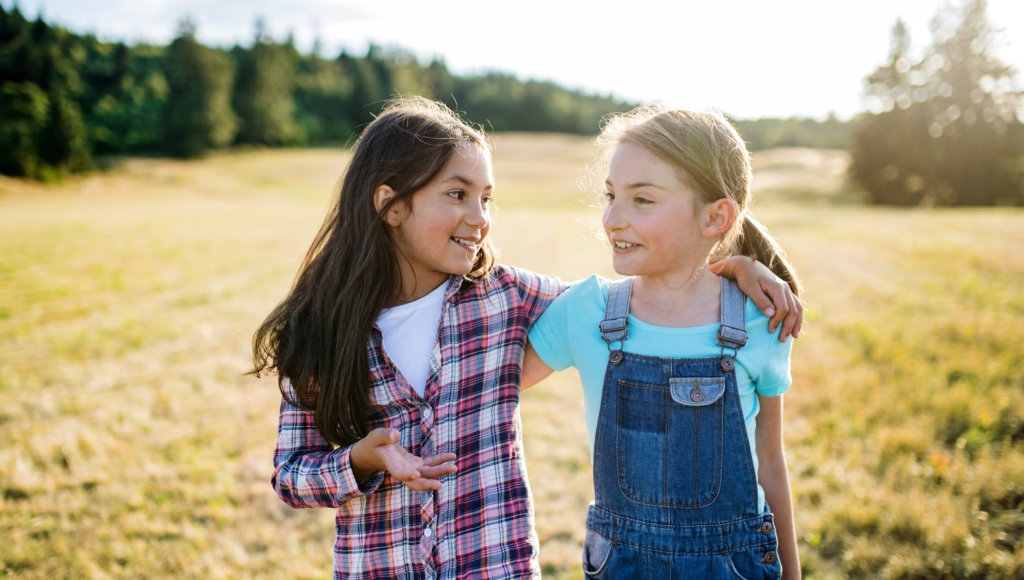The human brain evolved its impressive size and complexity precisely to handle the intricate dance of social relationships.
This remarkable neural network needs the entirety of childhood—with all its sights, sounds, tears, fights, and laughter—to mature sufficiently for the chaos the world inevitably throws its way.
To build solid friendships, children first need to learn how to be good friends themselves. This vital knowledge is largely gained during childhood and adolescence, a period characterized by freedom, impulsiveness, and surging hormones.
Alarming plunge
Recent data, however, reveals an alarming plunge in these crucial interactions—particularly among younger children.

It’s a developmental maelstrom, full of desires, conflicts, resolutions, and boundaries constantly tested. Here, bad behaviour gets challenged, and through this turbulence, children learn how to navigate the complex dynamics of adult social life.
It’s no secret that face-to-face relationships are the single most influential factor in determining an individual’s overall happiness.
Yet, without nearly enough attention, genuine face-to-face interactions have plummeted, replaced instead by an endless stream of superficial pseudo-friendships—connections that can vanish as quickly as they appear, leaving virtually no consequence for poor behavior.
It’s the false bravado of a kid flipping a stranger the bird from a speeding train carriage—people acting in ways unnatural to authentic social contexts.
New technologies help parent fight back
Reversing this troubling trend requires a conscious, committed shift from parents. It demands new tools and strategies designed specifically for our digitally-distracted era.
Apps like Thrive – Smarter Screen Time provide just this kind of modern solution.
Apps like Thrive – Smarter Screen Time provide just this kind of modern solution. Thrive’s built-in motivational tools actively encourage real-world friendships and play, breaking dopamine-driven cycles through educational barriers placed between kids and mindless digital consumption.
It realistically addresses parents’ needs for rest and personal space, all while steering children back into the vibrant, unpredictable, and essential world of face-to-face play.
It’s time to reclaim real childhood and equip our kids with the tools to thrive socially—not just scroll endlessly.

